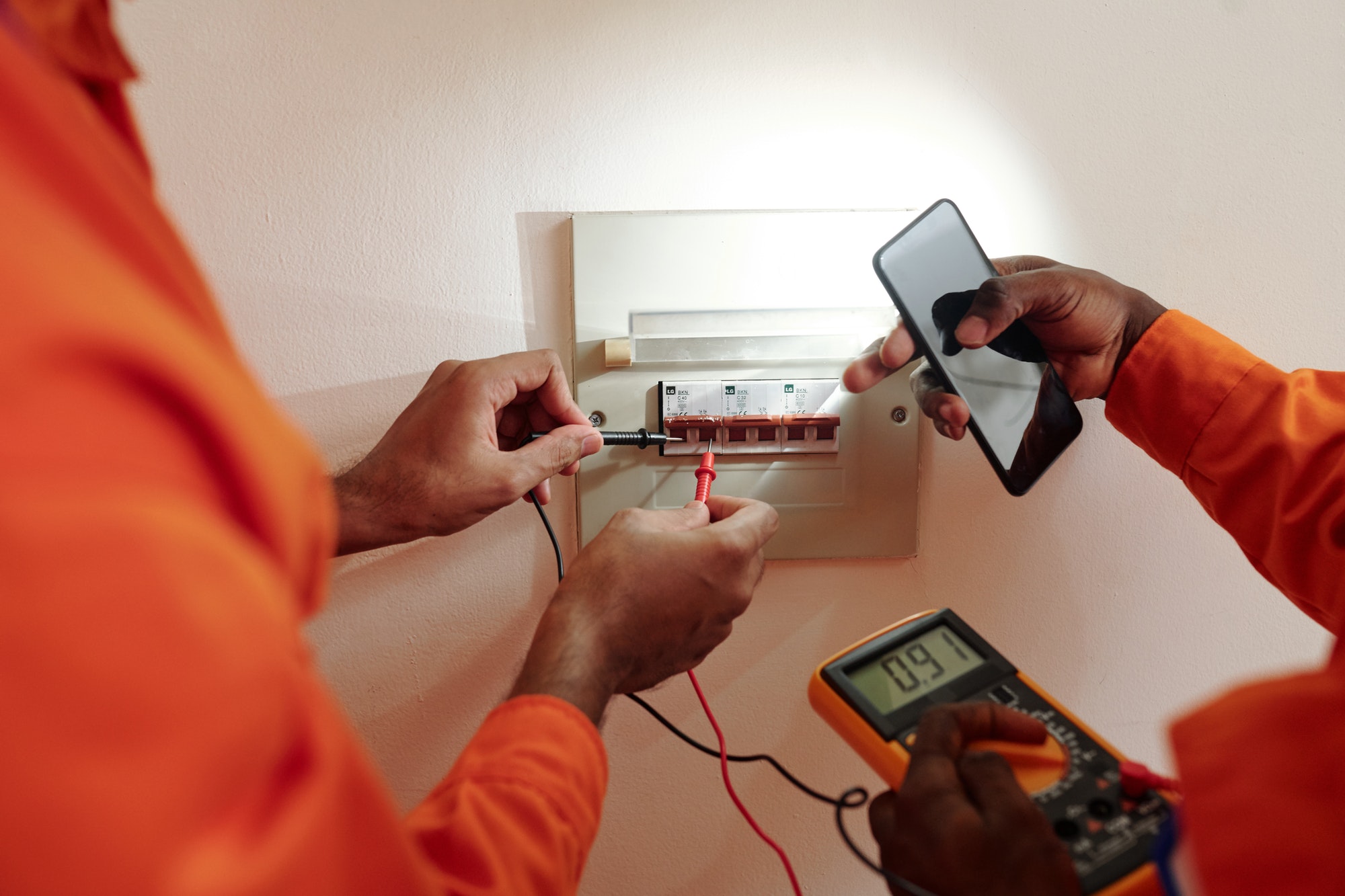As a landlord, maintaining electrical safety in your rental property is paramount. Sockets and switches are critical components of your electrical system, and ensuring they are in good working order is essential for tenant safety. Knowing when your sockets and switches need professional testing can prevent potential hazards and ensure compliance with safety regulations. Here are key signs that indicate it’s time to call in a qualified electrician.
1. Discoloration and Scorch Marks
Visible Damage
- Signs: Brown or black marks around sockets or switches.
- Cause: These marks can indicate overheating, often caused by loose connections or excessive load on the circuit.
- Action: Immediate professional testing is needed to identify and rectify the underlying issue.
2. Burning Smell
Unpleasant Odor
- Signs: A persistent burning smell near sockets or switches.
- Cause: This could be a sign of melting insulation or components, which poses a significant fire risk.
- Action: Disconnect the affected circuit and contact an electrician immediately for a thorough inspection.
3. Frequent Tripping of Circuit Breakers
Electrical Interruptions
- Signs: Circuit breakers frequently trip when using certain sockets or switches.
- Cause: This might indicate an overload, short circuit, or a fault in the wiring.
- Action: Professional testing is necessary to diagnose the issue and ensure the safety of the electrical system.
4. Unusual Sounds
Audible Warnings
- Signs: Buzzing, crackling, or popping sounds when using sockets or switches.
- Cause: These noises can indicate loose connections, arcing, or component failure within the electrical system.
- Action: An electrician should inspect and test the affected components to prevent potential hazards.
5. Warm or Hot Sockets and Switches
Temperature Anomalies
- Signs: Sockets or switches feel warm or hot to the touch.
- Cause: Excessive heat can result from overloaded circuits, poor connections, or faulty components.
- Action: Have an electrician test the system to identify and correct the source of overheating.
6. Flickering Lights
Inconsistent Lighting
- Signs: Lights flicker when using certain switches or sockets.
- Cause: Flickering lights can be caused by loose wiring, poor connections, or faulty switches.
- Action: Professional testing is required to ensure all connections are secure and functioning correctly.
7. Damaged or Cracked Outlets and Switches
Physical Wear and Tear
- Signs: Cracks, chips, or other visible damage to the outlets or switch plates.
- Cause: Physical damage can expose internal wiring, leading to potential electric shocks or fire hazards.
- Action: Replace damaged components and have the system tested to ensure safety.
8. Non-Functioning Sockets or Switches
Operational Failures
- Signs: Sockets or switches that do not work or function intermittently.
- Cause: This can indicate internal faults, loose wiring, or degraded components.
- Action: An electrician should inspect and test the system to diagnose and repair any issues.
9. Sparks or Arcing
Visual Warnings
- Signs: Visible sparks or arcing when plugging in devices or using switches.
- Cause: Arcing can occur due to loose connections, faulty outlets, or worn-out switches.
- Action: Immediate professional intervention is necessary to prevent electrical fires and ensure safety.
10. Age of Electrical Installations
Time Factor
- Signs: Older sockets and switches that have not been tested in several years.
- Cause: Electrical components degrade over time, increasing the risk of faults and failures.
- Action: Regular professional testing should be conducted, particularly for installations over ten years old, to maintain safety and compliance.
Conclusion
Recognizing the signs that your sockets and switches need professional testing is crucial for maintaining electrical safety in your rental property. Regular inspections and timely interventions by a qualified electrician can prevent potential hazards, ensuring the safety of your tenants and the integrity of your property. By staying vigilant and proactive, landlords can fulfill their legal obligations and create a secure living environment.





